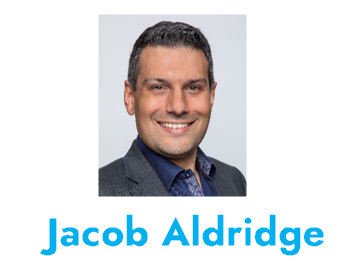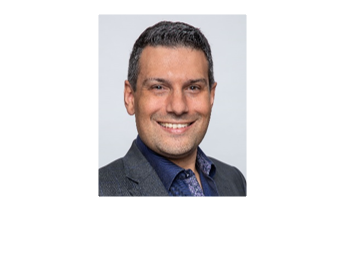The Most Dangerous Word in Business. In Blackboard Fridays Episode 4, Jacob talks about Growth Planning. Need this implemented into your business? Talk to the international business advisor who can do exactly that – Contact Jacob, Learn More, or Subscribe for Updates.
Who is Jacob Aldridge, Business Coach?
“The smart and quirky advisor who gets sh!t done in business.”
Since April 2006, I’ve been an international business advisor providing bespoke solutions for privately-owned businesses with 12-96 employees.
At this stage you have proven your business model, but you’re struggling to turn aspirations into day-to-day reality. You are still responsible for all 28 areas of your business, but you don’t have the time or budget to hire 28 different experts.
You need 1 person you can trust who can show you how everything in your business is connected, and which areas to prioritise first.
That’s me.
Learn more here. Or Let’s chat.
Transcript
Hi! I’m Jacob Aldridge, International Business Coach here today in conjunction with the Strategic Advisory team at businessDEPOT talking with you about the most dangerous word in business: “Growth“.
Why is “Growth” a dangerous word – when 99% of the businesses that talk to say that growth is one of their key objectives?
Well, the challenge comes from this: Growth can mean many different things, and some of those things are mutually exclusive.
- Do you mean growth in profit?
- Growth in revenue?
- Growth in people?
- Growth in products?
- Growth in markets or territories?
- Or even Personal Growth?!
Two people who that “growth” is exactly what your business needs might go away and implement competing strategies!
The challenge comes because growth means so many things and those business owners lack this simple framework: The Capacity Engine. The analogy that I’m making in this framework is that your business is like an engine. It has a certain amount of output which can be created, usually measured in terms of dollars.
What you want to know is “What is the actual capacity of my business? What’s the maximum output (dollars) that I could generate given my team, my operational structure, my clients, the resources that I have today? If you and I can understand what a perfect world looks like in your business, then we can measure your current output as a percentage of the overall capacity.
Busy does not mean Productive
This exercise provides us with an awful lot of valuable information for deciding the strategy for your business. For example, one thing I often find is that a team feels very busy but is running much less efficiently. What that means is that the business has created waste. There are inefficiencies, elements in your workflow processes or systems, your procedures, which are creating waste within the business. Your engine is not getting the output that it potentially could.
Now, like an engine, you’ve got to be careful not to try and run it all the way to the limit. You put your pedal to the metal, floor your business for an ongoing basis, and you will create burn out amongst the staff.
Similarly, if you idle it for too long, you’ll create other issues within the business. You need to make sure that your business is continually generating an output somewhere in the sweet spot of the current engine.
Now, those business owners often talking about Growth are generally talking about growing revenue, growing profit, which means they’re talking about getting more out of the current engine. If that’s the case, then what you’re really asking is “How do we get more power today?”.
There are a few different ways that you can do that including things like branding, marketing, culture, and even just better systems and processes to address that waste. I covered these revenue growth strategies in detail in Episode 35 here.
We’re Gonna Need a Bigger Boat
Of course, at a certain point you will be getting a sustainably high level of output from the engine you’ve got today. In that situation, if you want growth, if you want more revenue, you need a bigger engine. Again, there’s only a small number of ways you can get a bigger engine – things like more people, and better pricing and packaging will help grow the size of the engine and therefore grow the capacity of your business. I covered these business growth strategies in detail in Episode 36 here.
At any point in time, strategically, you ought to be focusing on one of two things:
- Getting more power from the existing engine, OR
- Building a bigger engine.
At the very least, talking to your business partners or team about which of those as a priority helps overcome a lot of the problems that something as generic as “growth” can create.
Lastly, understand that when you take this engine and put it into a much bigger one, the actual output will, at first, be a little bit lower and that means that your priority shifts then into getting more power from the new engine. This is the growth journey that businesses go on from where they are now to where they’ve set out to achieve in their vision.
Get more power from the existing engine (whatever that target is), grow into a bigger engine, you get to determine the size of that engine and then power that up before growing again. If you can get the steps in that journey clear, the new and your business owners will not only prevent growth from being a dangerous word, but you’ll also actually get to your end destination a whole lot faster.
Next Steps
Want to learn more about how this can apply to your business? It costs nothing to chat:
- Email me jacob@jacobaldridge.com (I read them all)
- Call, Text, or WhatsApp me +61 427 151 181
- Or just Subscribe https://jacobaldridge.com/about/subscribe-to-jacob-aldridge-com/ to stay in touch




